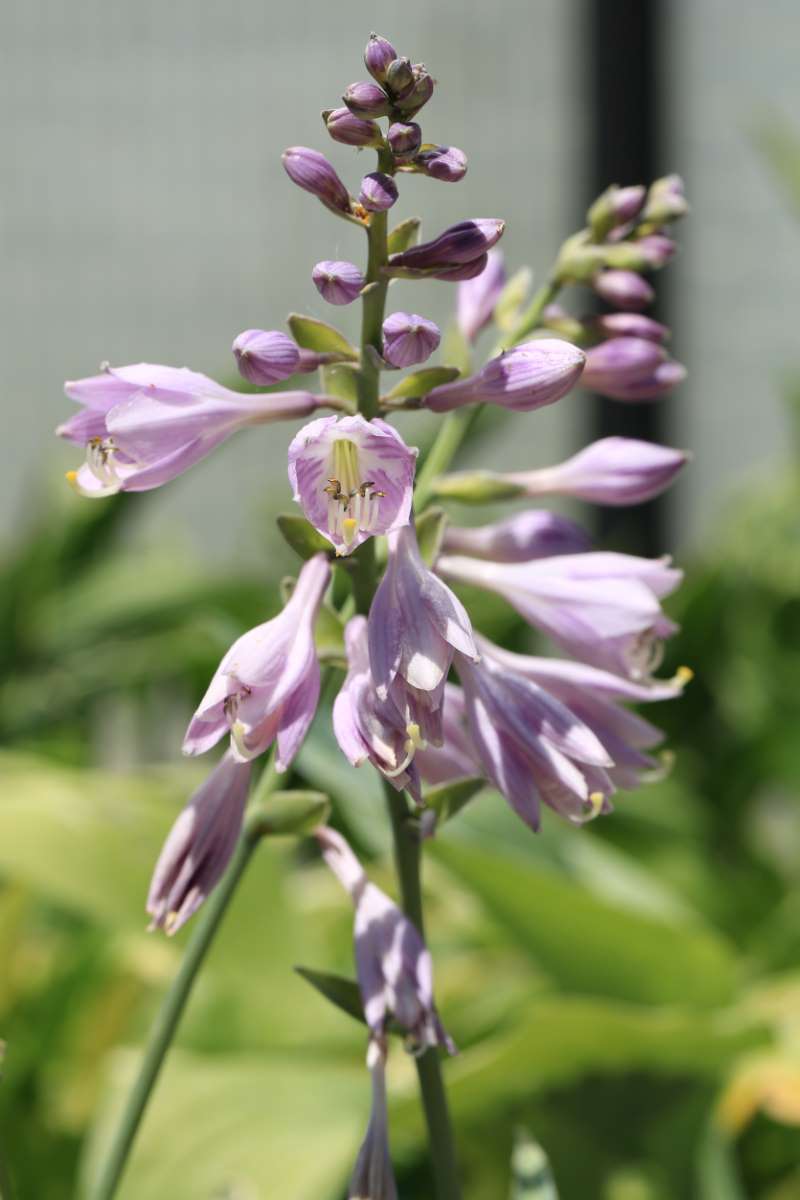Description
Hosta – Plantain Lily –
There are about 70 species of mostly clump forming, occasionally rhizomatous or stoloniferous perennials, in this genus. They occur from sunbaked cliffs, rocky stream sides, woodland, and alpine meadows in China, Korea, Japan, and Eastern Russia. Numerous hybrids have also been developed, mainly in the USA. Hostas are grown primarily for their bold foliage, produced in dense mounds of overlapping, ovate to heart shaped or lance shaped leaves. The leaves may be green, yellow, gray-blue, or variegated, and are often glaucous. One sided racemes of bell, trumpet or spider shaped flowers, to 1 1/4″ long, are borne on usually leafless sometimes leafy stems, mainly in summer. They are followed by oblong, green, later brown seed capsules. Plant height given in the description below refer to the mounds of foliage, flower stems heights, are given separately.
Hostas may be grown as accent plants or as ground covers under deep-rooted deciduous tree, in a mixed or herbaceous border, or near water, hostas are excellent for a rock garden, a peat bed, or containers.
Grow in fertile, moist but well drained, neutral soil. Hostas are shade tolerant and grow best win full morning sun in Northern climates, and filtered shade in South North America. Chinese species require full sun to bloom properly. Hostas will tolerate drought, although a summer mulch to retain moisture is usually beneficial. Feed regularly during the growing season. Divide in late summer to early spring. Most hosta are hardy to Zones 3-9.
Prone to slugs and snails, vine weevil, viruses, and nematodes.
H. ‘Tokudama’ – This very slow growing, clump forming perennial from Japan grows 14-18″ tall and 30-36″ wide. It produces heart shaped to rounded, cupped, puckered, vividly glaucous, deep blue leaves, 8-12″ long. From early to late summer it bears trumpet shaped, pale mauve flowers are carried atop of leafy, glaucous stems, 16″ long.





